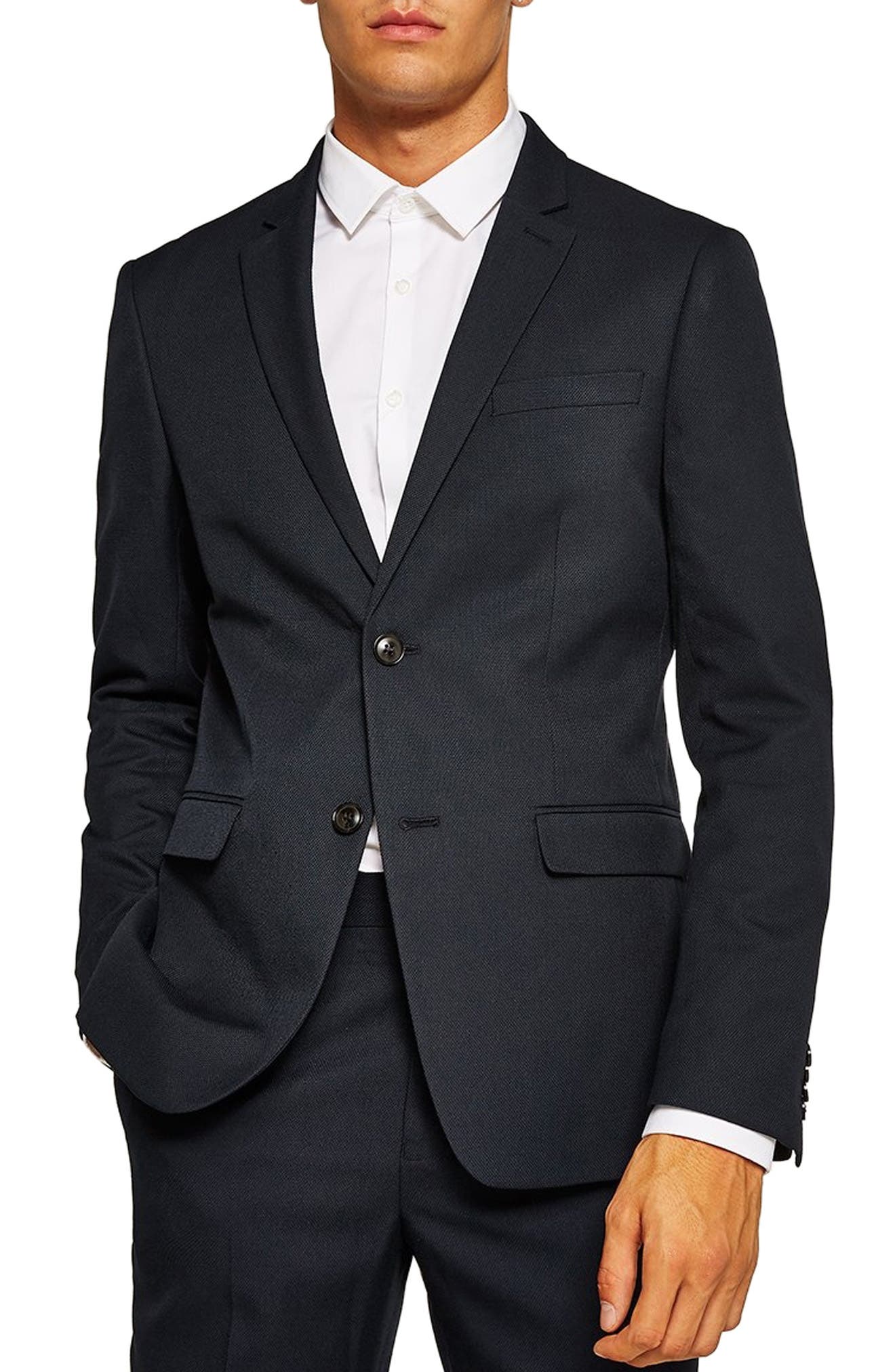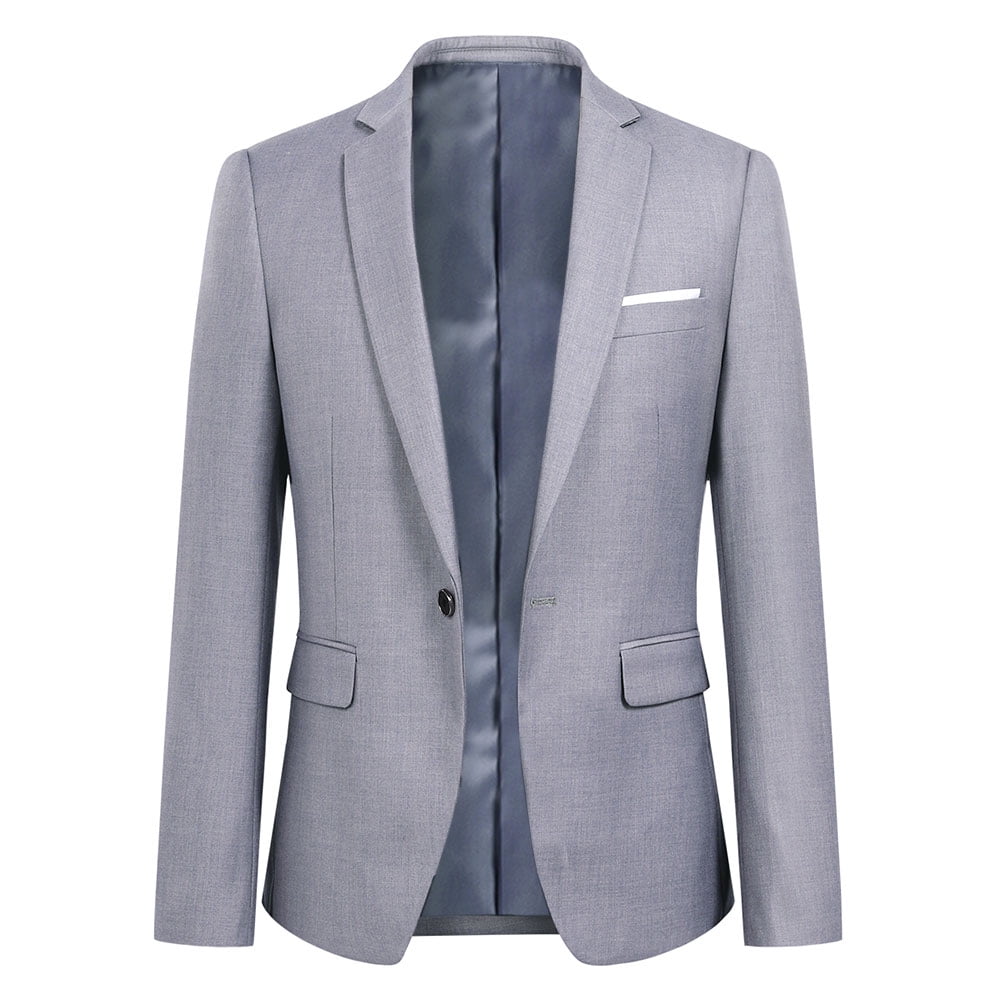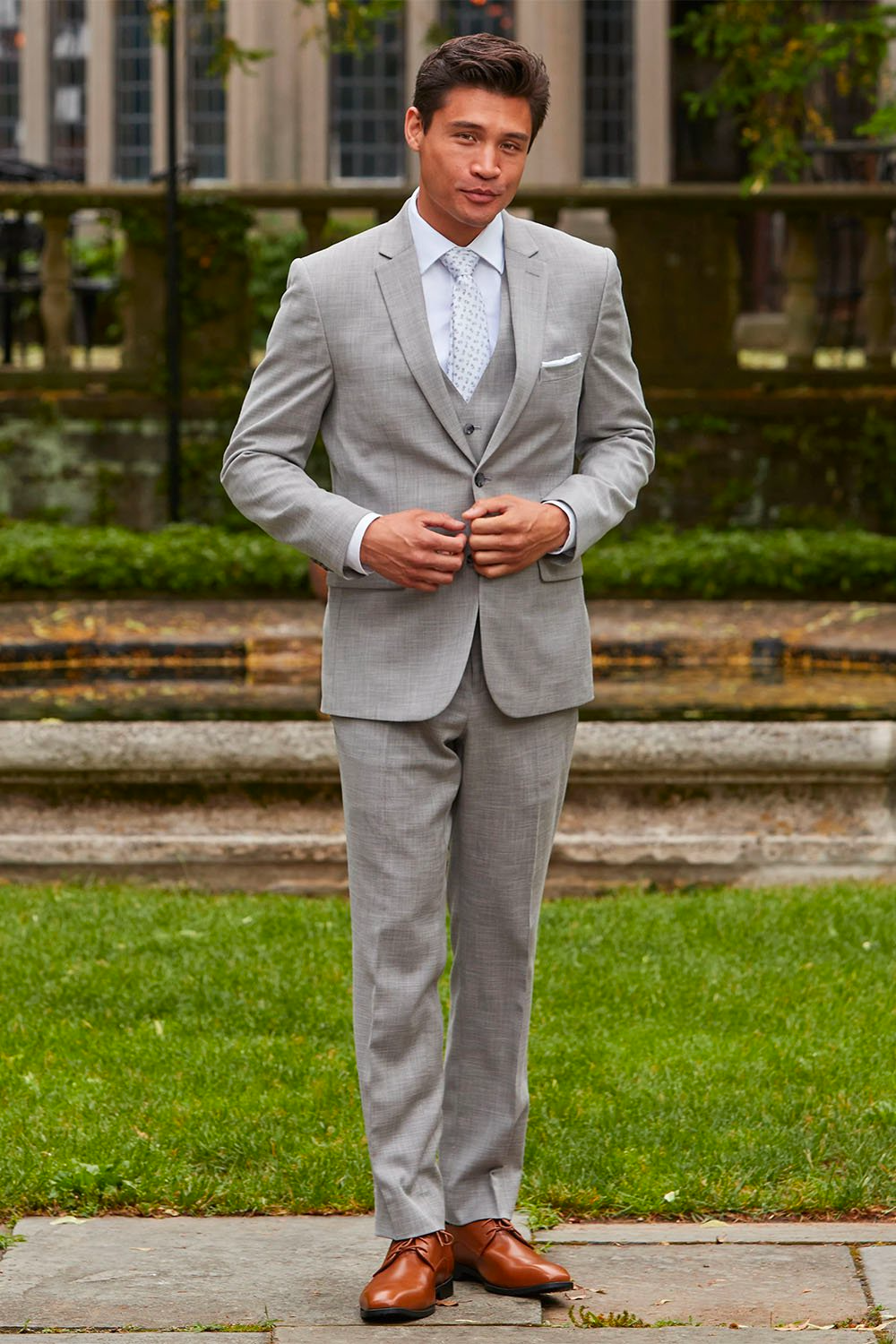The Evolution of the Suit Jacket
The suit jacket, a cornerstone of modern menswear, has evolved significantly since its inception in the late 19th century. Its journey from a utilitarian garment designed for horseback riding to a symbol of sartorial elegance is a testament to the enduring appeal and adaptability of this fashion staple. The origins of the suit jacket can be traced back to the frock coat, a long, fitted coat worn by gentlemen during the Victorian era. As lifestyles became more dynamic and industrialization took hold, the need arose for a more practical, streamlined attire that could accommodate the rigors of daily life.
In the late 1800s, the tailcoat, with its distinctively cutaway front, began to lose favor as men sought a less formal option. This shift led to the emergence of the morning coat, which featured a single vent and a shorter length, offering greater freedom of movement. By the turn of the 20th century, the lounge suit, consisting of a matching jacket and trousers, had firmly established itself as the standard dress for both business and social occasions.

Throughout the decades, the suit jacket continued to evolve in response to changing fashion trends and cultural shifts. The straight-cut, boxy silhouette of the early 20th century gradually made way for the sleeker, more tailored styles of the 1920s and 1930s. The advent of synthetic fibers and advances in manufacturing techniques further contributed to the democratization of the suit, making it accessible to a broader range of consumers.
Anatomy of a Suit Jacket
Understanding the various components of a suit jacket is crucial in appreciating its craftsmanship and selecting the right style for your needs. The following key elements define the structure, fit, and overall aesthetic of a suit jacket:
Lapels
Lapels, the folded flaps of fabric that run from the collar to the breast pocket, serve as a prominent design feature and contribute to the overall style of the jacket. There are three main lapel types:
- Notch Lapel: The most common and versatile choice, featuring a triangular cut-out where the lapel meets the collar. Suitable for all occasions and body types.
- Peak Lapel: Characterized by a pointed, upward-facing edge that projects outward, creating a bold, assertive look. Often seen on double-breasted jackets and formal wear.
- Shawl Lapel: A continuous curve from the collar to the lapel’s lowest point, exuding a soft, elegant appearance. Predominantly found on tuxedos and dinner jackets.
Pockets
Pockets not only provide functional storage but also contribute to the visual balance and style of a suit jacket. Common pocket configurations include:
- Welt Pockets: Sleek, flat pockets with a narrow, sewn-in flap, often seen on formal or minimalist designs.
- Flap Pockets: Standard pockets with a fold-over flap, providing secure storage and a classic, traditional look.
- Patch Pockets: Unstructured, sewn-on pockets that lend a casual, relaxed vibe to the jacket.
Buttons
Buttons play a vital role in the closure and overall aesthetic of a suit jacket. Key factors to consider include:
- Number: Single-breasted jackets typically have one to three buttons, while double-breasted options may have four to six. The number of buttons influences the jacket’s proportions and the degree of formality.
- Material: Buttons can be made from various materials, such as plastic, metal, or mother-of-pearl, each imparting a distinct texture and visual appeal.
Vents
Jacket vents allow for ease of movement and help maintain a clean, tailored silhouette when seated. There are three primary vent styles:
- Center Vent: A single vent running down the middle of the jacket’s back, offering moderate flexibility and a classic look.
- Side Vents (Dual Vent): Two vents, one on each side of the jacket, providing maximum mobility and a more balanced appearance.
- No Vent: A ventless design, common in Italian-style suits, which creates a smooth, unbroken line across the back but may restrict movement.
Choosing the Right Fit
A well-fitting suit jacket is essential for projecting confidence and sophistication. To ensure the perfect fit, pay attention to these critical measurements and characteristics:
Shoulder Fit
The shoulders should sit smoothly on your natural shoulder line without extending beyond or bunching up. Properly tailored shoulder seams enhance the overall structure and balance of the jacket.
Sleeve Length
The sleeves should terminate at the wrist bone, allowing approximately 1/4 inch to 1/2 inch of shirt cuff to peek out beneath. This subtle detail adds polish and refinement to your ensemble.
Chest and Waist
The jacket should comfortably hug your torso without pulling or gaping across the chest and waist. The ideal fit allows you to comfortably fasten the top button without restriction, while still maintaining a defined silhouette.
Length
The hem of the jacket should rest at the middle of your palm when your arms are relaxed at your sides. This length helps elongate your frame and ensures that the jacket remains proportionate to your body.
Types of Suit Jackets
Single-Breasted vs. Double-Breasted
Single-breasted jackets feature a column of buttons down the front, typically fastened with one or two buttons. They offer a timeless, versatile look suitable for various occasions. Double-breasted jackets, characterized by two parallel columns of buttons and overlapping front panels, exude a more formal, sophisticated air. They are often secured with a few buttons and are best suited for taller, broader frames due to their added bulk.
Fabric and Pattern
The fabric and pattern of a suit jacket greatly influence its versatility, seasonality, and overall style. Consider these popular choices:
- Solid Colors: Classic and versatile, solid-colored jackets can be dressed up or down depending on the occasion. Navy, charcoal, and medium gray are wardrobe staples, while lighter hues like beige or light blue are ideal for summer or more casual settings.
- Pinstripes and Checks: These patterns add visual interest and character to a suit jacket, typically associated with power dressing or corporate environments. Pinstripes create a lean, elongating effect, while checks offer a bolder statement.
- Textured Fabrics: Materials like tweed, herringbone, or Donegal wool bring depth and richness to a suit jacket, making them perfect for fall and winter or for adding a touch of personality to your professional attire.
Occasion-Based Jackets
Different events and dress codes call for specific suit jacket styles. Familiarize yourself with these key distinctions:
- Business Attire: Conservative colors, understated patterns, and traditional details, such as notch lapels and flap pockets, ensure a polished, professional look.
- Formal Events: Dark, solid-colored jackets with peak lapels, often paired with a bow tie and cummerbund, are customary for black-tie events. Shawl lapel tuxedo jackets are another elegant option.
- Casual Wear: Unstructured or lightly constructed jackets in breathable fabrics, paired with odd trousers or jeans, can elevate a casual outfit while maintaining comfort and ease.
Caring for Your Suit Jacket
Proper care and maintenance are crucial for preserving the quality and lifespan of your suit jacket. Follow these guidelines to keep your jacket looking its best:
Storage
- Hang your jacket on a sturdy wooden hanger with broad, rounded shoulders to maintain its shape. Avoid wire or flimsy hangers, which can distort the fabric.
- Use a suit bag or cover to protect your jacket from dust, sunlight, and humidity when stored in a closet.
Cleaning
- Spot-clean minor stains immediately using a damp cloth or a specialized stain remover. For more extensive cleaning, consult a professional dry cleaner who specializes in delicate fabrics.
- Schedule dry cleaning sparingly, as excessive exposure to harsh chemicals can damage the fabric and reduce the jacket’s lifespan. Aim to clean your jacket every 3-4 wears or as needed.
Maintenance
- Brush your jacket regularly with a clothes brush to remove surface dirt and lint, preserving the fabric’s sheen and texture.
- Steam your jacket periodically to refresh its appearance and smooth out wrinkles. Alternatively, hang it in a steamy bathroom after showering, allowing the moisture to gently relax any creases.
Conclusion
The suit jacket, a timeless icon of menswear, has undergone numerous transformations throughout history while maintaining its status as a symbol of sophistication and style. Understanding its anatomy, selecting the right fit and style, and properly caring for your jacket will ensure that this essential garment remains a cornerstone of your wardrobe for years to come. Embrace the versatility and elegance of the suit jacket, and let it serve as a powerful tool for expressing your personal style and enhancing your presence in any setting.




